DIY, or “do-it-yourself”, projects have become increasingly popular over the years as people look to improve their homes with their skills instead of hiring contractors. However, taking on DIY projects without the proper tools can make the work much more difficult and lead to injuries or damage. Having the right tools for the job is essential for success and safety.
This guide will cover must-have tools for common DIY repairs, home improvements, installations, and more in and around the home. It is intended for beginners getting started with their first toolkit as well as experienced DIYers looking to expand their capabilities.
Basic Hand Tools
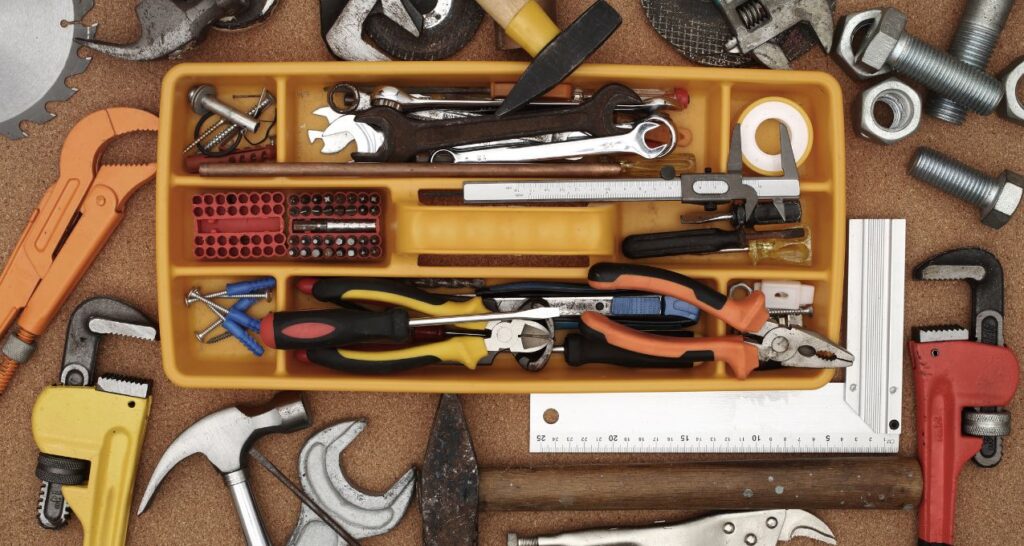
Hand tools are manually operated, non-power tools that represent the foundation of any home DIY toolkit. They give you control and precision for detailed work that power tools cannot match. The following sections overview the must-have basic hand tools.
Disclaimer:
Our recommendations are based on extensive experience with and/or knowledge of these products, and we do so not because of the modest commissions we could earn but rather because we believe they are actually beneficial and useful. We are honored to be these tools' affiliates. We might receive commissions from Amazon, and other merchants when you buy something after clicking one of our links. Our affiliate policy is covered in more detail here. If you don't think these things will help you accomplish your goals, please don't spend any money on them.
Hammers
Hammers are likely the most used tool for DIY projects around the home. They come in a variety of styles and sizes for driving and extracting nails, fitting parts together, and even shaping metal or stone. Here are the most essential hammers:
- Claw hammer – The classic hammer with a flat head for driving nails and a split claw on the back for pulling nails out. A 16 to 20-oz claw hammer is suitable for most general DIY tasks.
- A rubber mallet – A hammer with a rubber or plastic head used whenever a steel hammerhead may damage the material, like woodwork or tile. The soft face absorbs and distributes impact.
- Ball peen hammer – A hammer with a flat face on one end and rounded “peen” on the other. The flat face drives nails while the peen shapes and works metal, like closing rivets.
Screwdrivers
No toolkit is complete without an array of screwdrivers suited for turning different screw heads. Here are the common screwdriver types:
- Flathead – A flat blade tip that fits slotted screw heads. Available in a range of widths and lengths.
- Phillips – The classic cross-shaped screwdriver for Phillips head screws. #1 and #2 Phillips fit most household screw sizes.
- Torx – Star-shaped driver tips for Torx screw heads, which are becoming more common. Good to have T10 to T25 Torx drivers.
- Hex – Hex-shaped bits to drive hex socket screws, especially for assembling furniture and fixtures.
Pliers
Pliers serve a wide range of purposes like gripping, turning, bending, and cutting. Here are some of the most useful types:
- Needle nose pliers – Tapered, long-nosed pliers ideal for reaching into tight spaces and bending/shaping wire. Get both straight and bent tip styles.
- Channellock pliers – Adjustable pliers with a channel in the jaws to firmly grip objects like pipes or nuts. Great for plumbing tasks.
- Slip joint pliers – Pliers with adjustable pivot points to grip and turn a range of object sizes.
- Locking pliers – Pliers that can be locked into position on an object. Useful as a portable vise grip.
Wrenches
Wrenches help grip and turn nuts, bolts, pipes, and fittings. Must-have options include:
- Adjustable wrench – A versatile wrench with a movable jaw sized by turning the worm gear. Get both 6″ and 12″ sizes.
- Socket wrench set – A ratcheting wrench that turns sockets of different sizes. Essential for automotive repairs.
- Allen wrench set – Hex key wrenches to drive hex fasteners, especially furniture assembly hardware.
- Pipe wrench – Heavy duty wrench with serrated jaws that grip round objects like pipes.
Measuring Tools
Precision is key. Accurate measurements are crucial for success. Whether you’re building furniture or installing shelves, having the right tools and knowing how to use them properly can make all the difference.
- Tape measure – Get a 25-foot auto-lock tape measure for precise measuring
- Utility knife – For detailed cutting into softer materials. Retractable blades are the safest
- Levels – Have a standard level and a small torpedo level on hand
- Clamps – Start with 2-4 C-clamps and spring clamps to hold workpieces
- Squares – A framing square and a combination square for accurate angle measurements
- Calipers – For precise measurements of small objects or components
- Straight edge ruler – For drawing straight lines and checking for flatness
- Chalk line – For marking straight lines over long distances
- Angle finder – For measuring and transferring angles
- Depth gauge – For measuring the depth of holes or grooves
- Measuring wheel – For measuring longer distances outdoors
- Micrometer – For extremely precise measurements of small objects or components
- Digital laser distance measurer – For quick and accurate measurements of longer distances.
Other Essential Basic Tools
- Chisels – For cutting/shaping wood and other materials. Start with a basic set of 4-6.
- Handsaws – Cut wood, plastic, and metal precisely. Get a crosscut saw, miter saw, and hacksaw.
- Pencils – For marking measurements, notes, cutting lines
- Putty knives – For applying or smoothing various compounds
- Files – For smoothing rough edges on metal, plastic, and wood
Power Tools
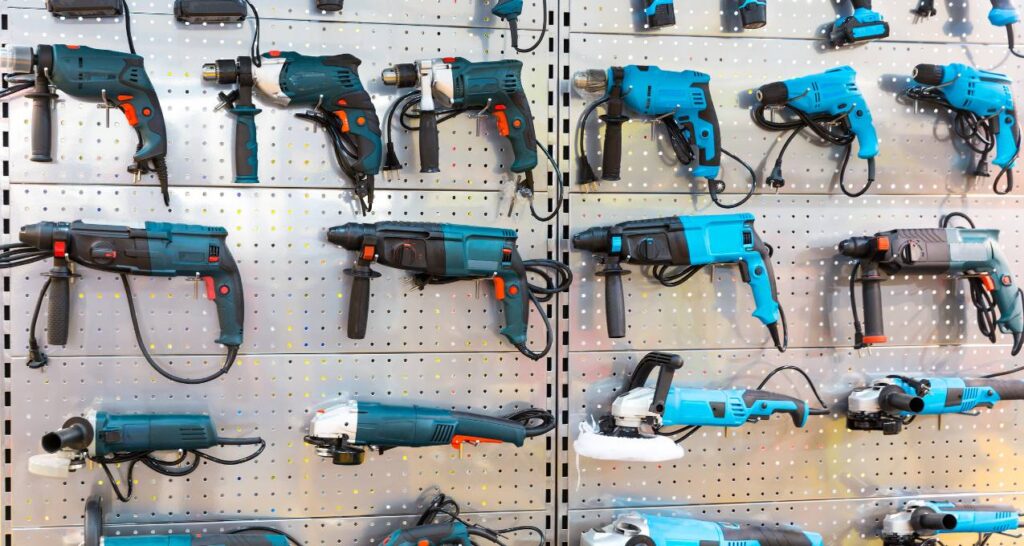
While hand tools form the core of any DIY toolkit, power tools allow you to work faster, make repetitive cuts easily, and tackle bigger projects. Here are the key power tools for home DIY work:
Drills
An electric drill drives drill bits to bore holes in wood, plastic, metal, and masonry. Cordless drills offer maximum convenience and mobility. Must-have drills include:
- Cordless drill – A standard drill for driving screws and drilling holes in wood and other soft materials. A 12 to 18V model will handle most tasks.
- Hammer drill – Adds hammering action to drill through concrete and masonry. Use masonry drill bits.
- Impact driver – Delivers sudden rotational impacts to drive long screws effortlessly without stripping screw heads.
Saws
Saws make precise cuts through various materials quickly. Here are common DIY saw types:
- Circular saw – For straight and angled crosscuts. Get one with an adjustable blade depth.
- Jigsaw – Cuts curves and openings with a reciprocating blade. Useful for carpentry and plumbing.
- Table saw – Stationary saw for ripping boards, crosscuts, miter cuts, and more to add accuracy and control.
- Miter saw – Makes extremely accurate crosscuts and angled miters with a sliding compound miter saw.
Sanders
Sanders smooths and shapes surfaces in preparation for painting or finishing:
- Orbital sander – A flat pad orbits in a random pattern for even sanding. Good for finishing flat surfaces.
- Belt sander – Uses a continuous loop sanding belt for aggressive stock removal on edges and contours.
- Palm sander – Compact sander that fits in your palm for detail sanding.
- Detail sander – Tiny triangular sander for tight spots and detail work.
Additional Power Tools for Versatility:
- Router for carving grooves and shaping edges.
- Nail gun for fast and consistent nailing.
- Grinder for cutting and grinding tasks.
With these power tools in your possession, you’ll significantly expand the range of projects you can tackle and save valuable time.
Specialty Tools
Specialty tools serve specific purposes for projects. While not as universally essential as basic tools, they can be indispensable when you need them. Here are some to consider:
- Caulking gun – Applies adhesive and sealant compounds smoothly and evenly. Essential for sealing gaps and joints.
- Stud finder – Locates wood and metal studs behind drywall to find optimal points to mount or drill into walls.
- Laser level – Projects laser guidelines to mark level and plumb layouts for installing cabinets, shelves, and more.
- Oscillating tool – Makes detailed cuts in tight spaces with a fast oscillating blade. Great for trim work.
- Heat gun – Directs a stream of hot air to loosen adhesives, bend plastics, shrink wraps, and more.
- Rotary tool – A handheld rotary power tool for grinding, sanding, polishing, engraving, and other detail work.
- Clamp meter – Measures current flow to troubleshoot and repair electrical problems.
- Moisture meter – Helps locate water damage and leaks behind walls and floors before mold develops.
- Infrared thermometer – Measures surface temperatures remotely to identify insulation issues or overheating electrical components.
Tools for Common DIY Projects
To make your DIY projects go smoothly, you’ll need tools tailored to specific tasks. Here’s a list of essentials categorized by common home projects.
Painting Tools:
- Paintbrushes for detailed application.
- Paint rollers for covering large areas smoothly.
- Paint trays for holding and applying paint.
Drywall Repair Tools:
- Joint compound to smooth over seams and holes.
- Drywall saw for cutting out damaged areas.
- Drywall sander for a smooth finishing surface.
Woodworking Tools:
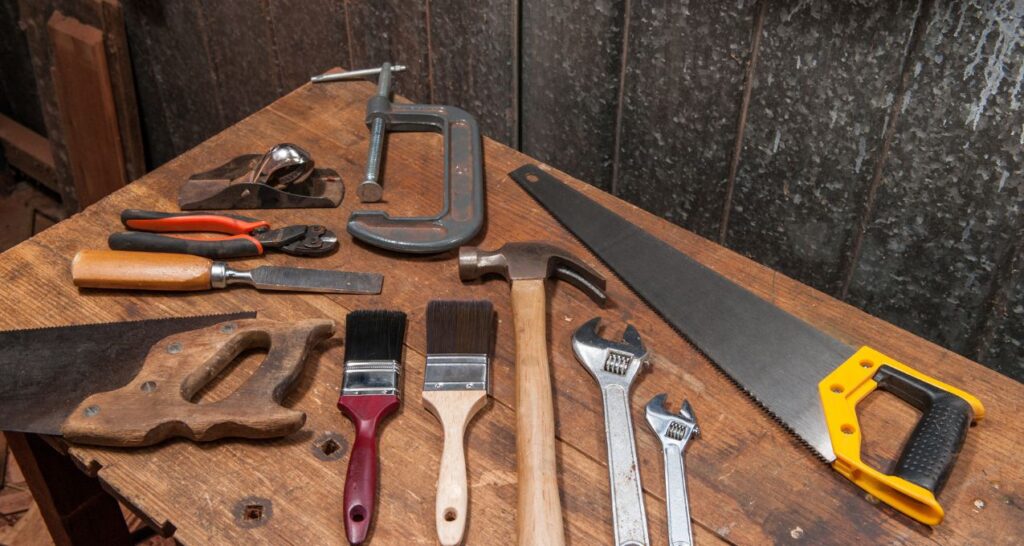
- Table saw for stable, precise cuts.
- Miter saw for perfect angles and trims.
- Jigsaw for contoured and intricate cuts.
- Sander for smooth finishes on wood.
- Router for decorative edging and joinery.
Plumbing Tools:
- Pipe wrench for gripping and turning pipes.
- Basin wrench for tight spaces under sinks.
- Slip joint pliers for general plumbing tasks.
- Torch for soldering and sealing fittings.
Electrical Tools:
- Wire strippers for preparing to wire.
- Voltmeter for checking electrical currents.
- Outlet tester for outlet functionality.
- Fish tape for routing wires through walls.
Automotive Tools:
- Wrench set for various nuts and bolts.
- Jack for lifting vehicles.
- Jumper cables for emergency battery jumps.
- Code reader for troubleshooting vehicle systems.
Tools for DIY Solar Electricity
With renewable energy on the rise, having a toolkit for solar electricity projects is becoming increasingly relevant.
Solar Project Essentials:
- Charge controller to regulate battery charging.
- Inverter to convert DC to AC power.
- Batteries for energy storage.
- Wiring and connectors for establishing circuits.
- Mounting equipment for secure solar panel installation.
- Voltmeter for electrical system checks.
Safety Equipment
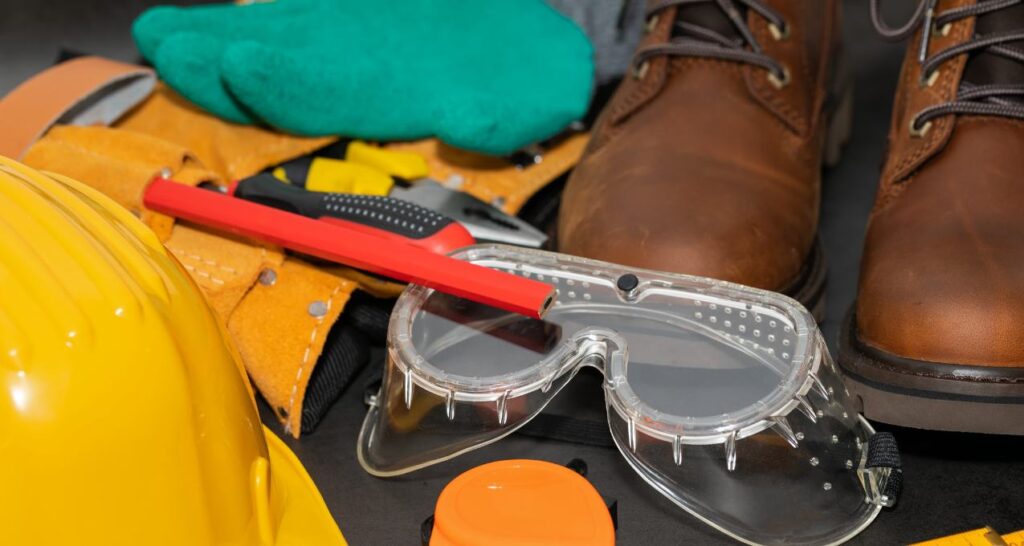
Safety should always be the top priority when using tools. Protect yourself with:
- Pair of safety goggles – Impact-resistant eye protection prevents eye injuries from debris.
- Dust masks – Disposable masks or respirators filter out dust and particles from sanding and other activities.
- Ear protection – Earmuffs or earplugs prevent hearing damage from power tools.
- Work gloves – Protect hands from blisters, cuts, and pinches when handling materials.
- Knee pads – Cushion knees when working on floors. Help prevent joint injuries.
Organizational Tools
An organized workspace is a productive workspace. Having your tools neatly stored and easily accessible can vastly improve your efficiency and enjoyment when undertaking DIY projects.
Types of Organizational Tools:
- Toolboxes for portable, compact storage.
- Organizers, such as bins and drawers, for small parts.
- Labels to identify tool locations and maintain order.
Organizing your workspace will not only make your – DIY projects more efficient but also prevent the loss of valuable tools and make cleaning up a breeze.
Versatile All-in-One Tools for Beginners and Gifting
Dipping your toes into the DIY world doesn’t have to mean plunging into the deep end with a full toolkit. All-in-one tools are the perfect starting point for beginners and double as thoughtful gifts for family and friends eager to start their DIY journey. Here are some versatile, multipurpose tools that cover a wide array of functions:
Examples of Multipurpose All-in-One Tools:
- Rotary Tools:
- Equipped with various attachments, these tools can cut, carve, engrave, sand, grind, and more. A fantastic option is the Dremel Rotary Tool, which comes with an assortment of bits suitable for both creative hobbies and home repairs.
- Oscillating Multi-Tools:
- Capable of sawing, grinding, sanding, scraping, and even polishing, oscillating multi-tools such as the DeWalt Oscillating Tool Kit offer a range of capabilities in one handheld device.
- Adjustable Wrenches with Interchangeable Heads:
- Adjustable wrenches, like the Crescent X6 Pass-Thru Adjustable Wrench Set, come with a variety of heads making it possible to tackle different sizes and shapes of bolts and nuts with a single tool.
- Multi-Bit Screwdrivers:
- A multi-bit screwdriver, such as the Megapro 13-in-1 Ratcheting Driver, includes various screwdriver bits stored within the handle, saving space and ensuring you’re ready for any screw or bolt.
- Multi-Tools (like the ones made by Leatherman or Victorinox):
- These pocket-sized tools combine common hand tools like pliers, cutters, screwdrivers, and knives. Leatherman’s Wave+ is a classic choice that comes in handy for a multitude of tasks around the house or on the go.
Why Choose All-in-One Tools?
- Space-Saving: Perfect for small living spaces or portable DIY kits.
- Cost-Effective: Generally cheaper than buying separate tools for each function.
- Convenience: Simplifies the process of choosing the right tool.
- Perfect Gifts: Practical, functional, and shows thoughtfulness toward the recipient’s interest in DIY projects.
Gifting Ideas:
When selecting an all-in-one tool as a gift, consider the hobbies and DIY interests of your loved one. Is there a specific function they’ll enjoy or find particularly useful? Whether it’s for a birthday, holiday, or just because, your gift could be the gateway to a world of creativity and self-reliance.
With these versatile tools in the toolbox, beginner DIYers won’t feel overwhelmed and can gradually build their skills and collection over time. It’s a practical, thoughtful, and empowering starting point for anyone’s DIY adventure.
Final Considerations
- Invest in quality tools even if cost more initially – will save money long term
- Properly store and maintain tools to preserve effectiveness and lifespan
- Expand your toolkit gradually as you gain experience and take on more projects
- Focus on versatility – tools that serve multiple purposes are most valuable
With this comprehensive guide, you now know how to equip yourself with the essential tools to take on a wide range of DIY projects and develop your skills over time. Remember to prioritize quality and safety. The ability to make repairs and improvements yourself is incredibly rewarding.
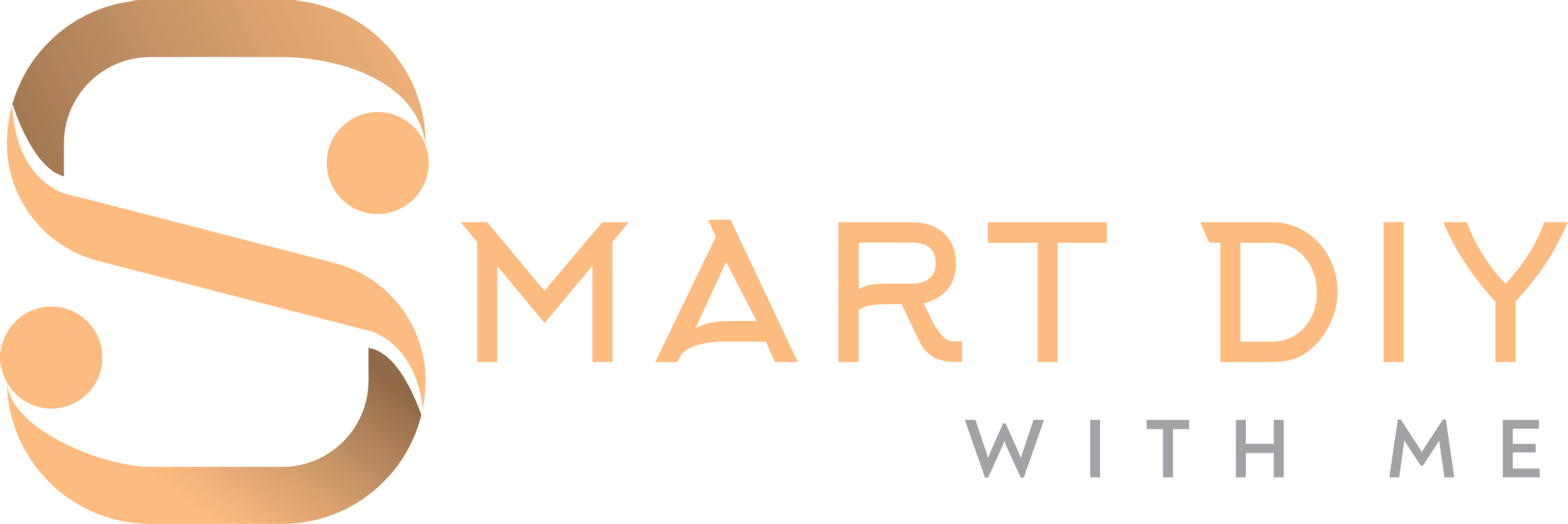
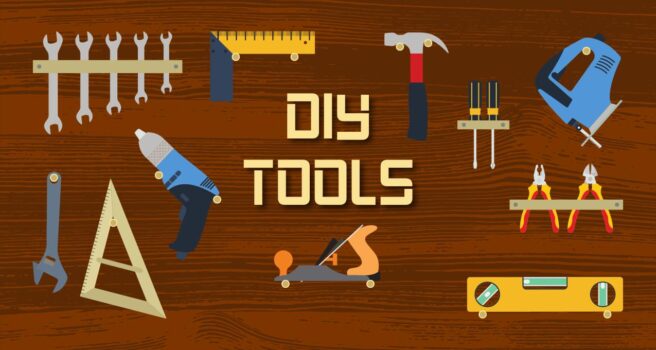

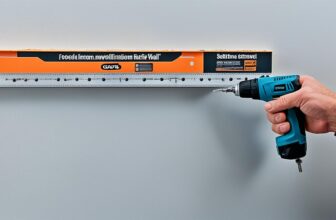

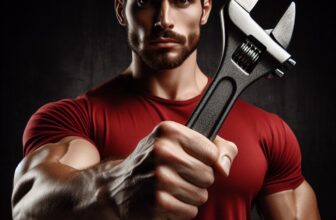
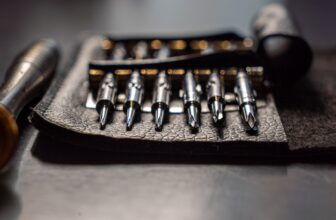

Peculiar article, just what I wanted to find.